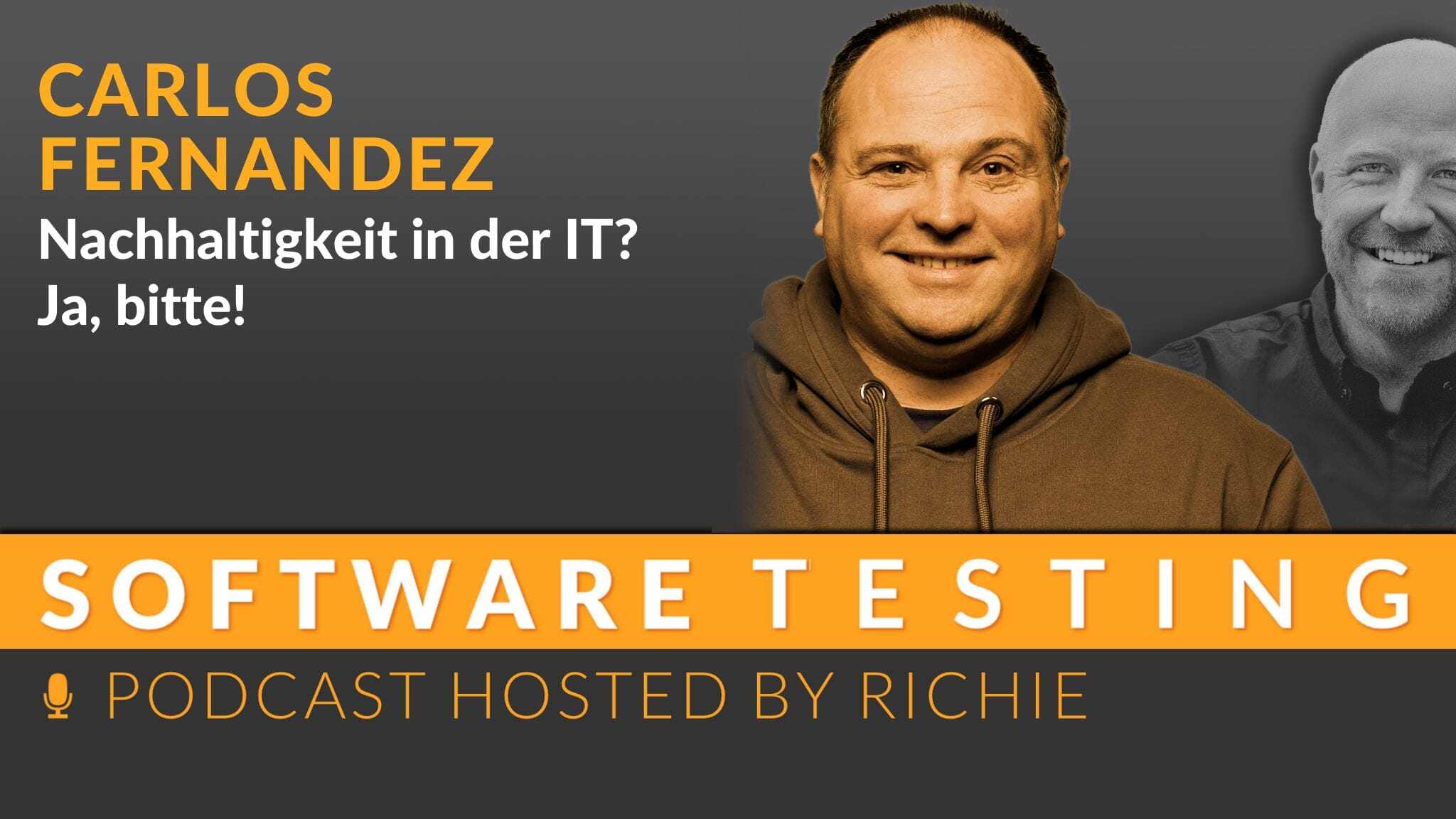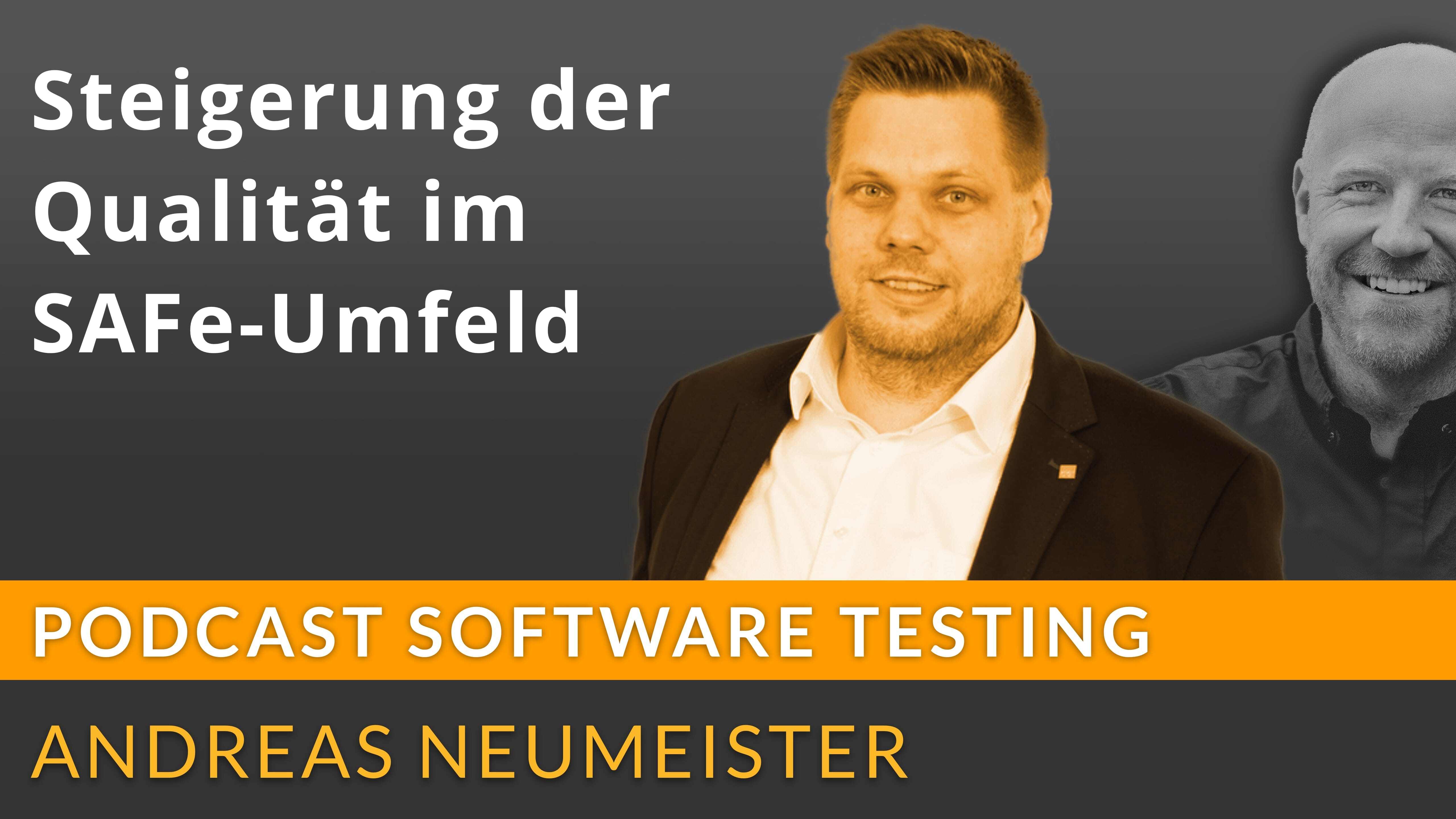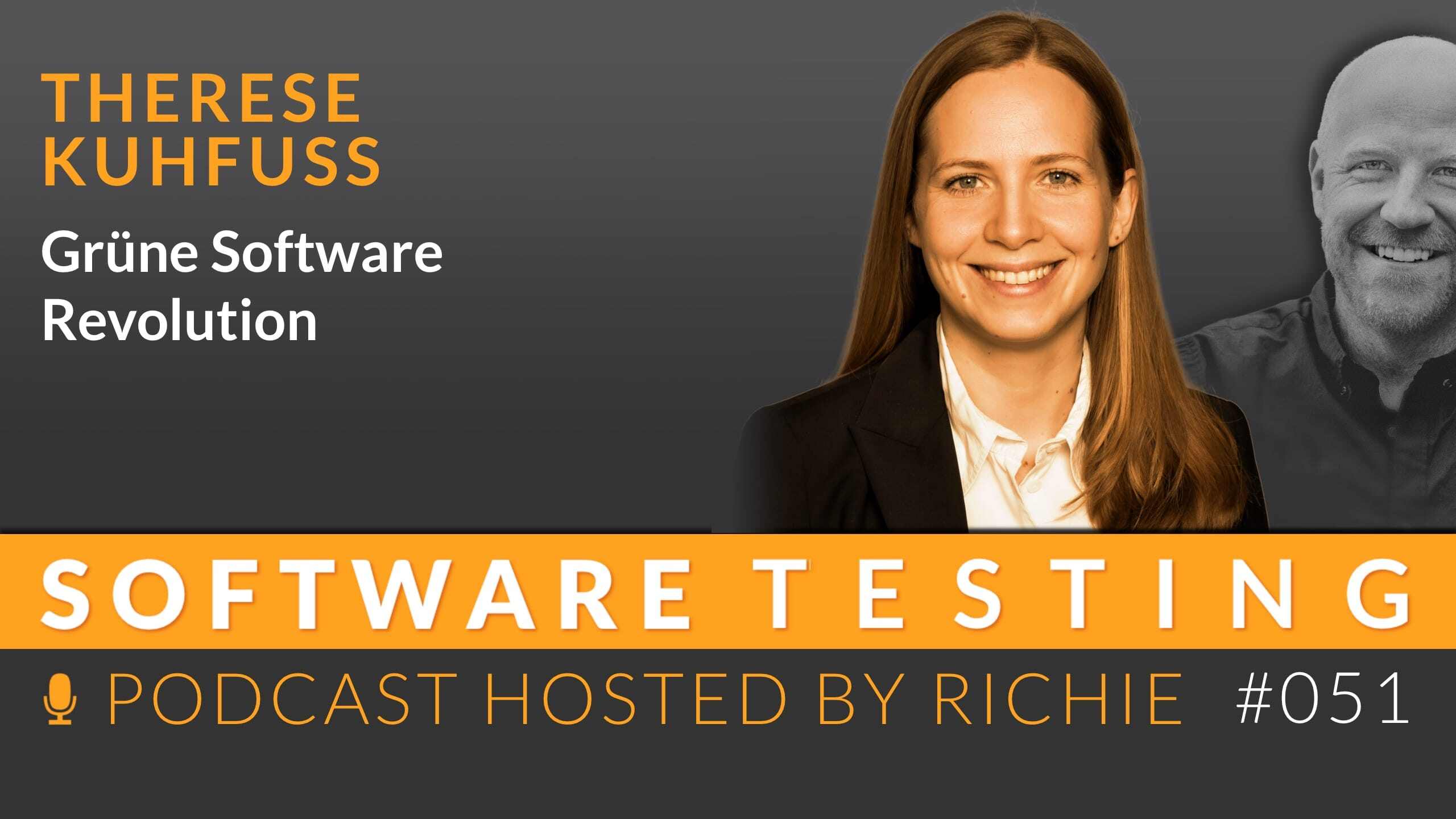Quality in the SAFe environment
The Scaled Agile Framework (SAFe) helps companies to successfully master the agile transformation. However, effective strategies are also needed to...

Sustainability in IT is becoming increasingly important, especially through performance optimization. Carlos Fernandez, experienced software developer and performance tester at DATEV eG, shares his passion for this topic. Through the efficient use of IT resources, such as optimizing images on websites and energy-efficient coding practices, he contributes to environmental protection. The conscious use of IT resources and practical tips show how small changes in the development process can lead to big savings. It is important to raise awareness of sustainability in the IT community and to work together on solutions that benefit both the environment and the economy.
"If we improve the performance of the software, then we achieve the same functionality with fewer resources, less CPU, less main memory. These are the direct influences. But indirectly we also save electricity because the CPU then has to calculate less, less power consumption. And less power consumption is ultimately good for the CO2 footprint." - Carlos Ferndandez
Carlos Fernandez is an experienced software developer with over 25 years of professional experience, specializing in C# and performance optimization at DATEV eG. He started the .NET performance consultation and supports his team as a security engineer in security issues. In addition to his professional activities, he is a speaker and consultant and regularly appears at events such as Developer Week.
In the latest episode of our podcast, we take a deep dive into the world of sustainability in software development. We show how performance optimization can not only improve the efficiency of software, but also make a significant contribution to environmental protection. Through concrete examples and practical tips, it becomes clear that every developer can make a difference with small changes in the code and in the development process.
In a world that is increasingly facing the effects of climate change, the topic of sustainability is more present than ever. And this topic is also becoming increasingly important in the IT industry. In this podcast episode, I have Carlos Fernandez as a guest, an experienced software developer and performance tester at DATEV eG, who has been passionately campaigning for more sustainability in IT for years. His mission: to make software development and the use of IT resources more environmentally friendly. Carlos shares his insights on how closely performance optimization and environmental protection are linked and how developers can make a positive contribution through conscious decisions.
Carlos' journey began over two decades ago in the world of software development. Early on, he recognized the importance of performance optimization - not only for the speed and efficiency of the software itself, but also for its environmental footprint. By working more efficiently, software requires fewer resources such as CPU time or memory space and thus indirectly contributes to reducing power consumption and therefore CO2 emissions. This realization led Carlos to view performance not just as a technical goal, but as an integral part of a more sustainable approach to IT.
There are a variety of measures that companies and developers can take to make their IT processes more sustainable. From the choice of location for data centers to the optimization of energy consumption within the company - the possibilities are many. Carlos' recommendations for developers are particularly interesting: from simple changes in the code to the use of specific tools to analyze performance. One impressive example is the optimization of web content, for example by adjusting image sizes or replacing JPEGs with more efficient image formats such as SVGs. These measures not only reduce data traffic and therefore energy consumption when loading websites, but can also lead to considerable cost savings.
Despite his commitment, Carlos sometimes encounters challenges in convincing people within his company and in the developer community. But he remains tireless: through internal talks and active participation in communities, he tries to raise awareness of sustainable development and offer practical suggestions. It's not just about writing more efficient code, but also about the bigger picture - the impact of our technological choices on the planet.
So what can developers do to make their work more environmentally friendly? First of all, it is advisable to take stock: where is there potential for optimization? This could include simple measures such as reducing unnecessary requests on websites or adjusting image sizes. But more complex strategies such as profiling applications to identify inefficient sections of code also play a role. The goal is always the same: saving resources means saving energy - a direct path to greater sustainability in IT.
Carlos' message is clear: every individual can make a difference. By making conscious decisions in the design and development process, we have the power not only to improve our products, but also to make a positive contribution to protecting the environment. It's about finding a balance between technological innovation and environmental responsibility - a goal that, while challenging, can ultimately be extremely rewarding both professionally and personally.

The Scaled Agile Framework (SAFe) helps companies to successfully master the agile transformation. However, effective strategies are also needed to...

Podcast Episode: Green Software Revolution The topic of sustainability is becoming increasingly important. Software development and testing can be...

Podcast Episode: Gamification in Software-Testing Gamification describes a playful way of working together. And it can also be implemented in...